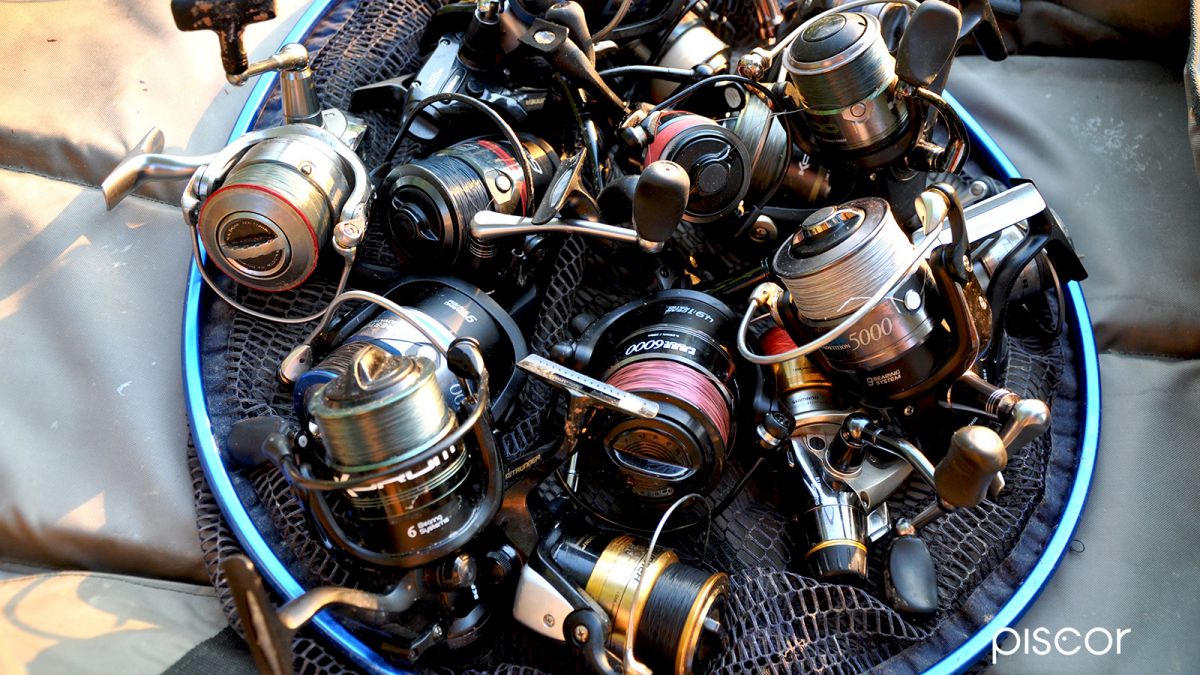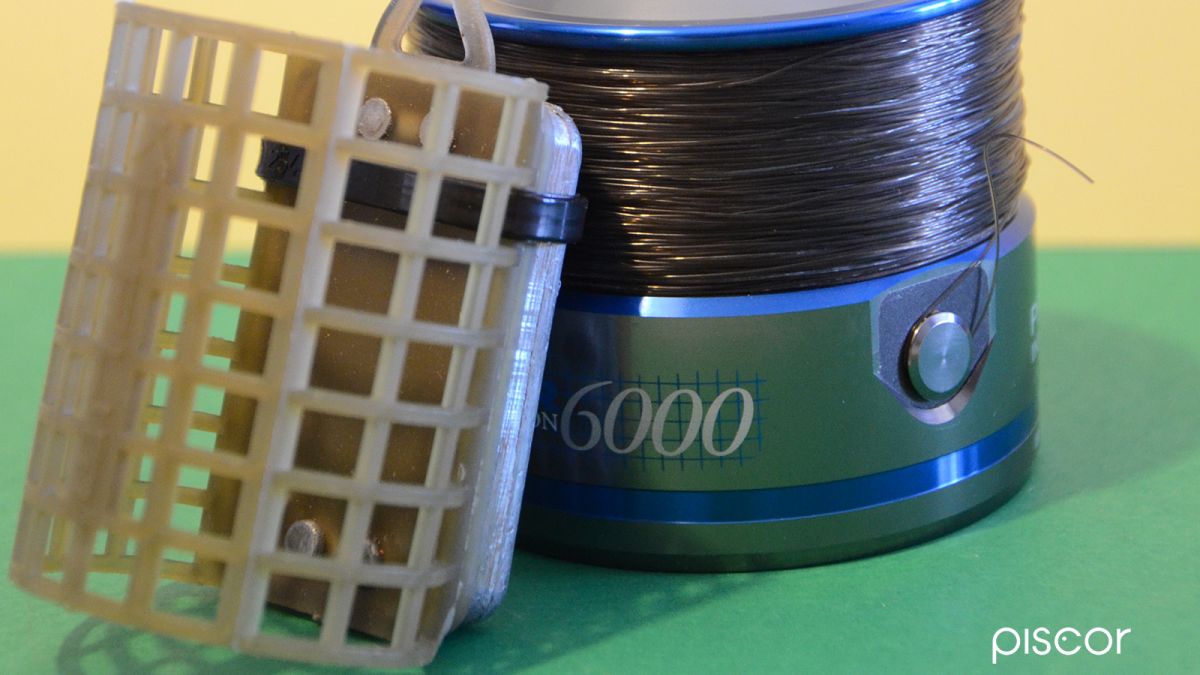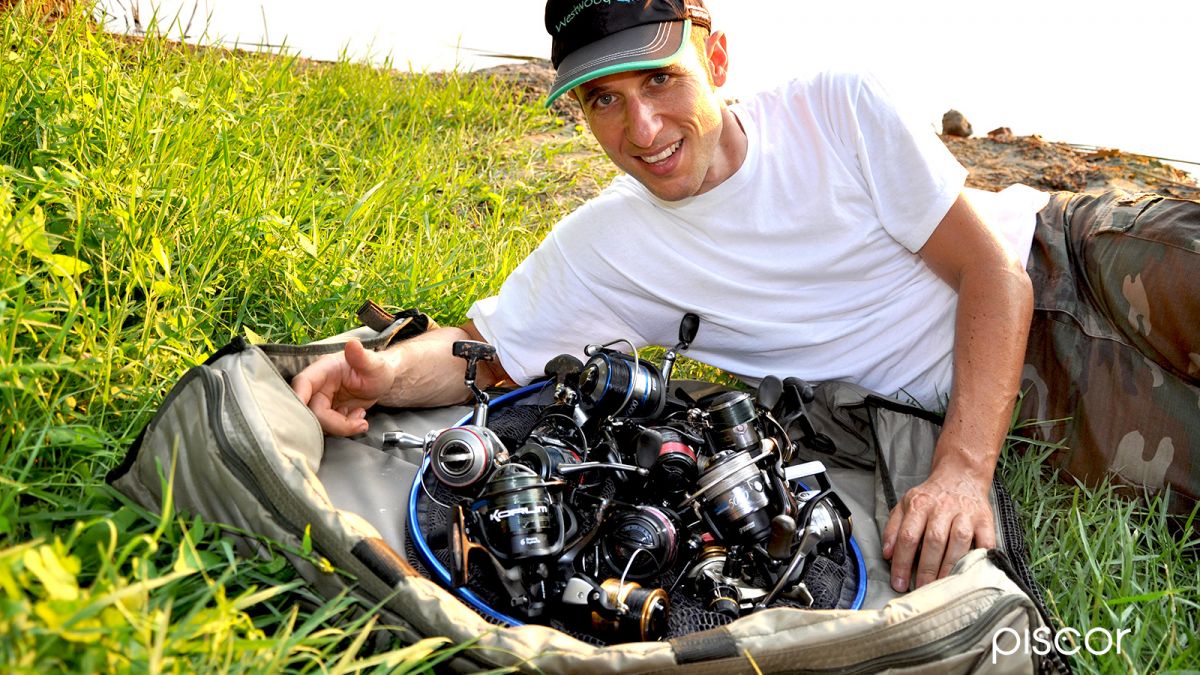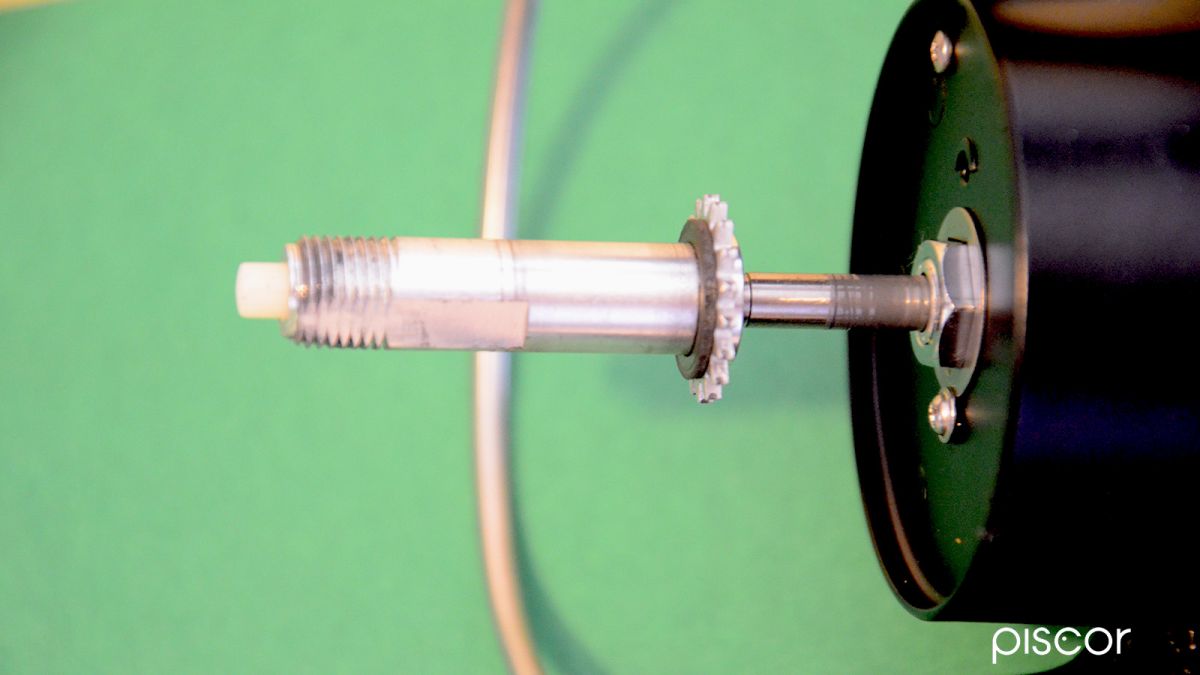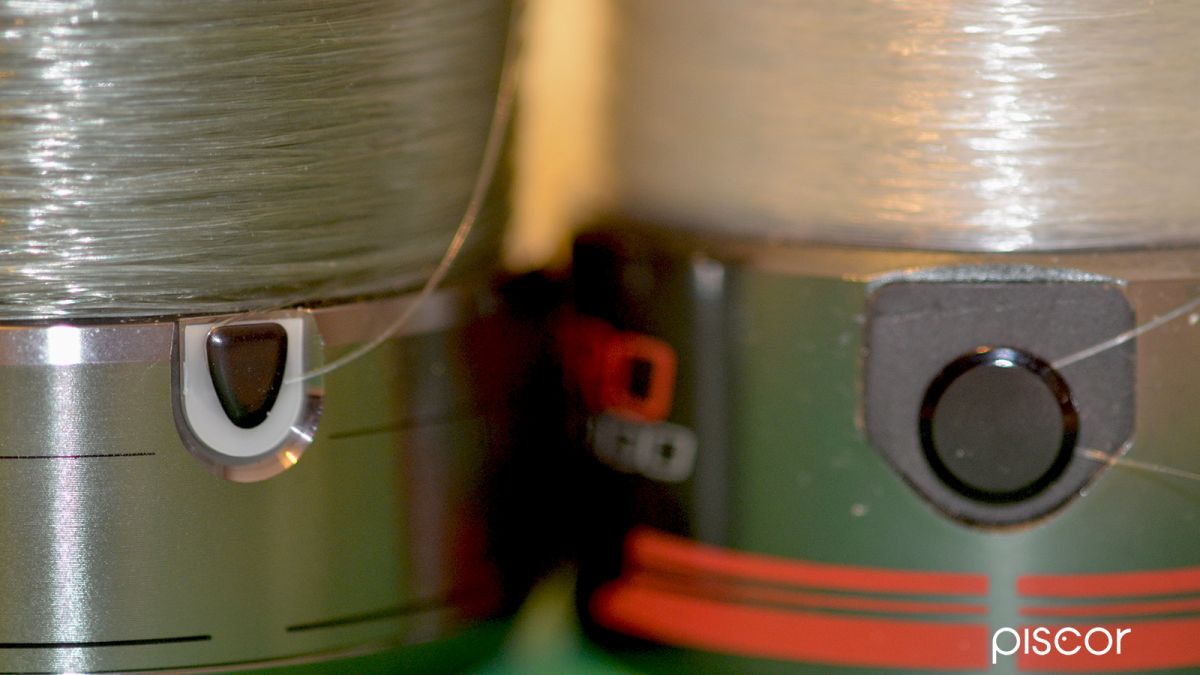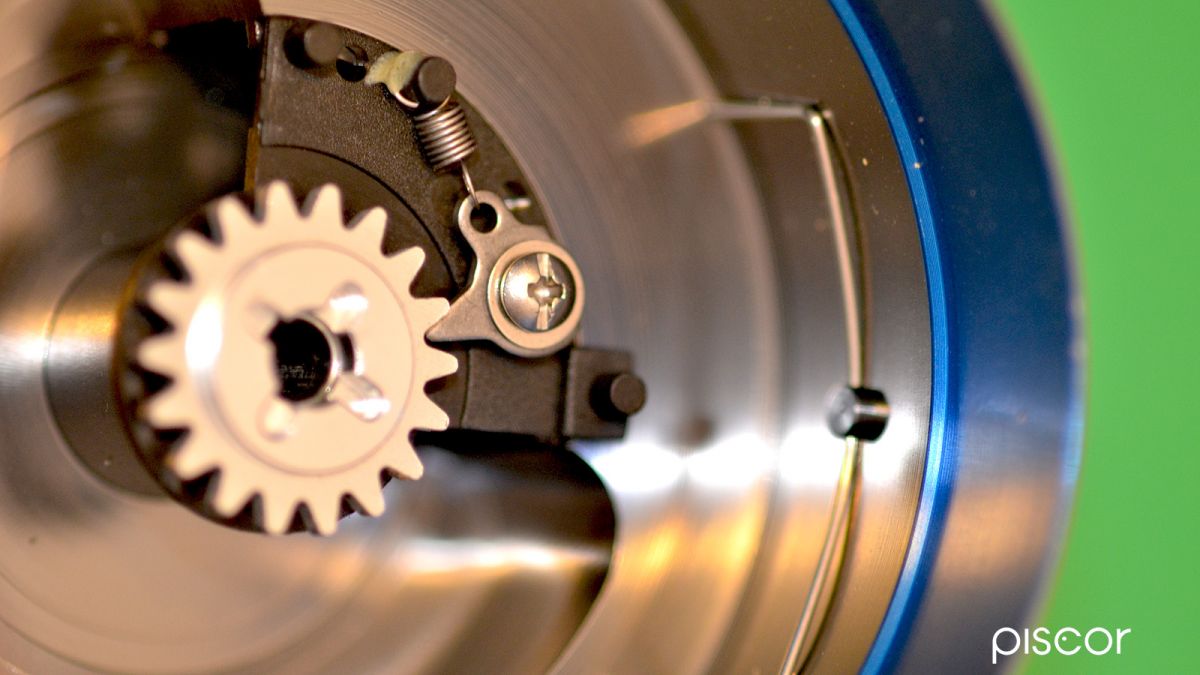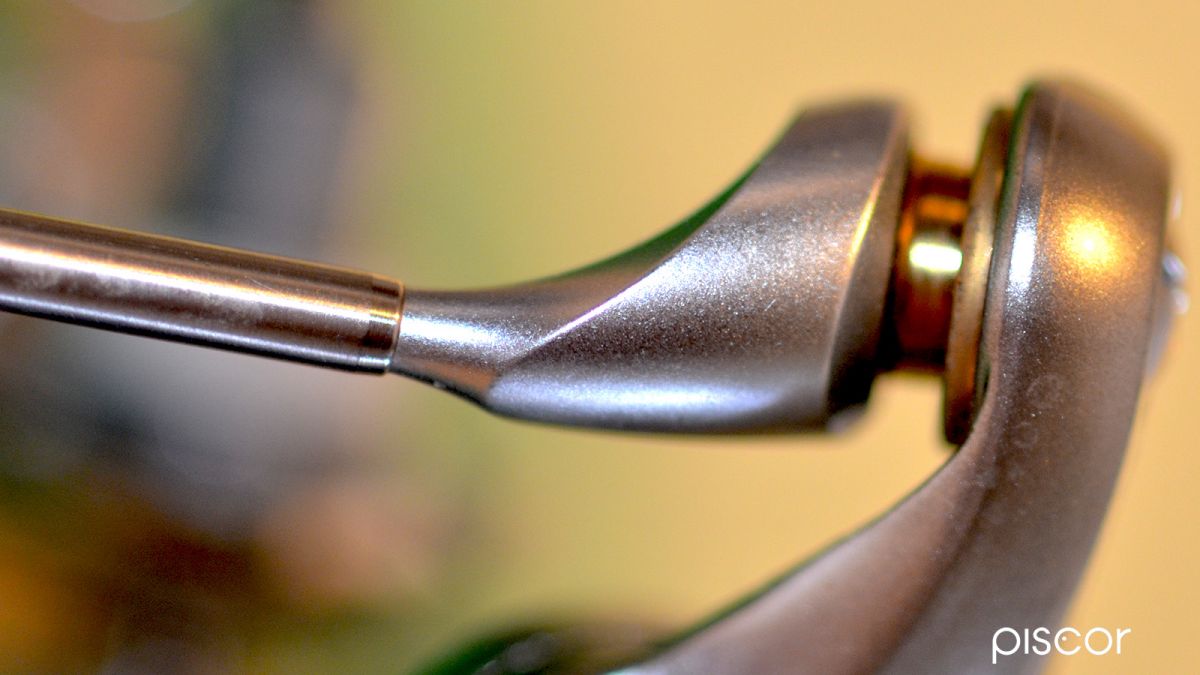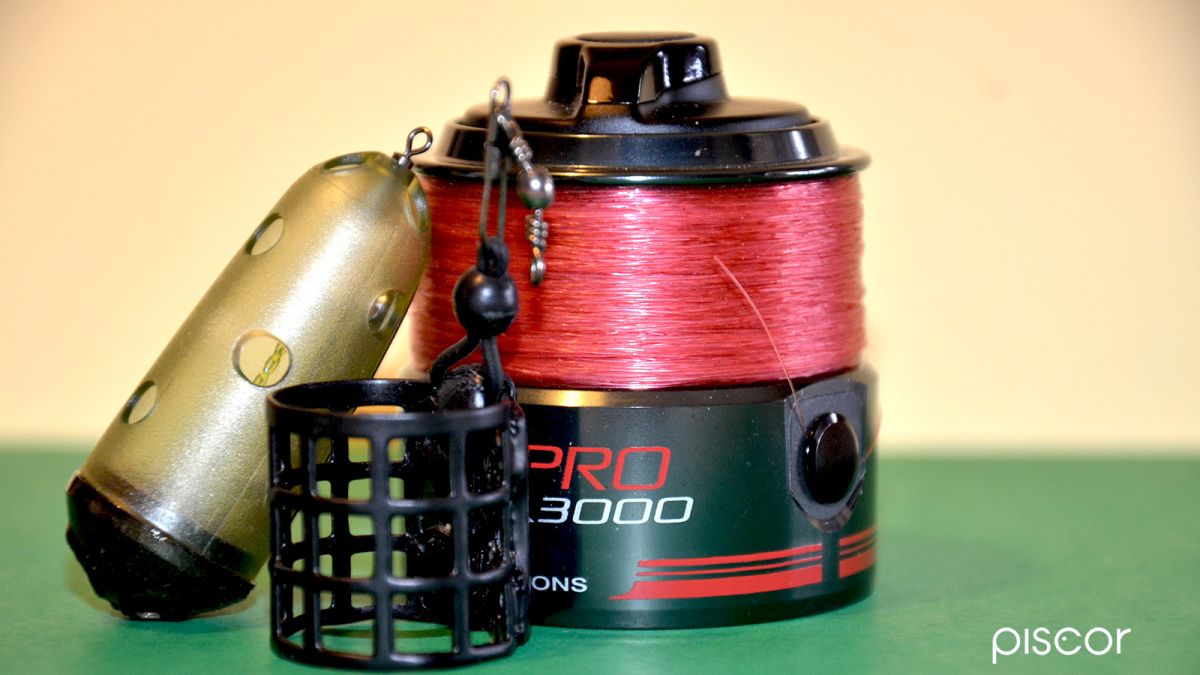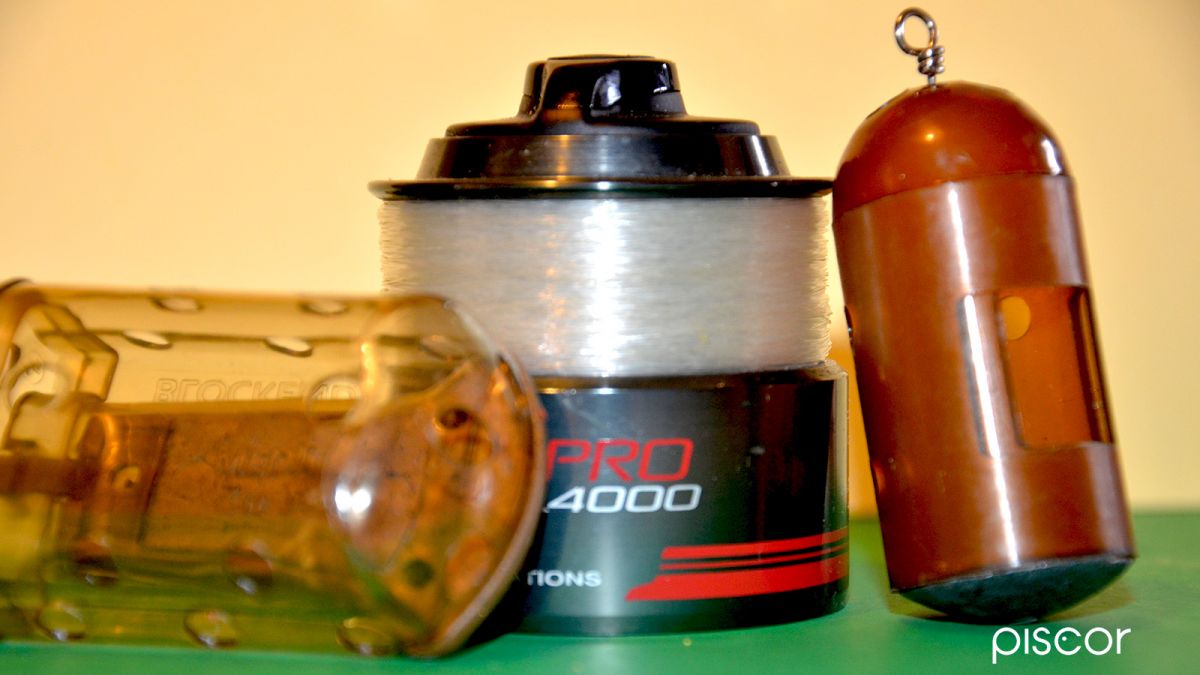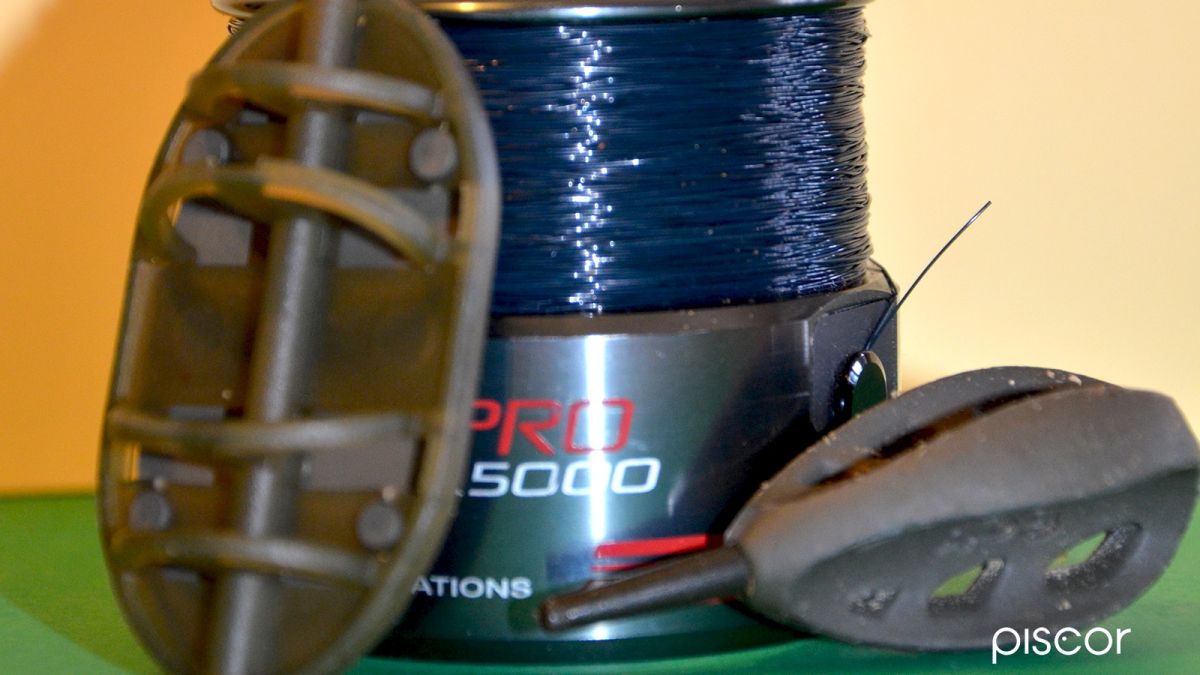The choice of reel must be made with the right knowledge of the facts. Here's what a good feeder reel should be like...
Powerful, fast, reliable and with a sober, but elegant look. If I could build it , I would have pretty clear ideas on how to do it.
Feeder fishing is a fishing technique that offers the fish a source of attraction at close range from the bait by using a lead feeder.
The rod and the reel will therefore have to be able to handle similar ballast at each casting and at each recovery, for dozens of times each session, with weights ranging from 20 to 200 grams!
Moreover, often you to have to deal with large preys or with expert fish of the most impetuous currents.
So things get complicated, the mechanical stress for a reel becomes important even if only as regards the recovery "empty", perhaps in current, with a medium or large feeder that must be pulled to shore each time to load it again.
The reel must therefore be powerful and constantly maintain a smooth rotation in all operating situations.
Gear Ratio
The gear ratio must be appropriate, so it is reasonable to remain in the range of 4.2 : 1 to 5.2 : 1. The "Gear Ratio" indicates the number of turns the rotor makes around the spool for each turn of the handle, like in a bicycle or car.
We will use low gears (1^-2^-3^), when we need to develop immediate power, while we will prefer the 4th-5^-6^ gear (high ratios), when more speed is needed.
The reel works in the same way, but with only one gear , in fact, there is a pinion and a control wheel of different sizes depending on the ratio chosen by the manufacturer, which will guarantee speed or power, depending on the case, together with a more or less long handle that acts as a lever arm to generate adequate force.
Speed & spools
In feeder technique, especially in still waters,it is common to have to fish far away from shore, 50, 60, up to over 70 meters!
A classic example are the large quarries, natural lakes and some streams, so the recovery phase must be fast, to optimize time and the reel must ensure us a perfect performance.
How to combine power and speed? At this point the size of the reel becomes important, which must be generous in diameter and with a spool high enough and not too deep, so as to "comfortably" accommodate the monofilament and facilitate the release of it while casting. The better choice are metal spools, that can offer minimum coefficient of friction with both nylon and any braided.
The line clip
An important accessory, but apparently still not considered very much by the manufacturers, is the "line-clip", placed on the side of the spool normally in plastic material, with its classic triangular shape and the function of line stopper. If in most fishing techniques the clip is used only to hold the final part of the line, in feeder fishing it has also the function to stop the line.
This last useful function, allows to reach always the same distance from the shore, offering maximum precision of the cast and, consequently, also in the feeder phase.
Considering the high weights to be handled in some cases and the distances that can be considerable, it is reasonable to think that a metal clip, perhaps circular and supported by a steel spring, is certainly more appropriate, functional and durable than the classic plastic one.
Also with regard to other components it is better to prefer devices made entirely of steel with springs, obviously much more reliable and durable than the economical plastic polymer.
Robust materials
It may seem like small details, but it is really important. To guarantee years of trouble-free work and reliability, our reels must have robust mechanical parts, made strictly of metal, duralumin (in various capacities) and bronze for the two main internal components (pinion and control wheel), stainless steel with appropriate treatments to improve the smoothness of the ball bearings supporting the mechanics and a special attention to the body.
Too often neglected when buying, the body of the reel has instead great importance because it has the primary task of keeping the various elements together to work to the best.
A decrease in the external lateral "plates", even a small one during recovery, would compromise the fluidity and, over the long period of use, the consequent durability of the mechanics.
We will therefore prefer aluminium or magnesium, which will give our recovery machine strength and lightness at the same time and make it reliable over time.
The Drag
In a good feeder reel, you must check that the drag is working properly, it must be fluid and well adjustable; even if the single lines we are going to use will never be as thin as those used in thebolognese fishing.
Our personal preference is therefore for the front drag, notoriously simpler in mechanics, even if the advantages of fluidity are expressed less clearly , when using terminals with a 0.14 upward movement.
The best front drags, now available on the market, are made of bronze and carbo-woven discs, certainly more performing and durable but the choice of one or the other has always depends from the angler's personal preference.
Nowadays on the market you can find the "rear-drag" reels models, with or without "Bait-Runner" spools. They are very valid and functional but, it is an extra which I willingly renounce and prefer to remain faithful to the Front drag ones.
Bearings
What is the minimum number ? Is it always true that the model with so many bearings is better than the ones with less? It may seem strange, but 5 or 6 supports, are already largely sufficient to make the mechanism fluid, the important thing is that they are of excellent quality and made with the highest quality materilas, specially treated against corrosion and dust.
A small "Ball Bearing", 2 lateral supports on the external body, 2 (one ball bearing and one roller bearing under the rotor) for the pinion, are enough to ensure the internal mechanics a perfect movement.
Now to the main sizes I choose for my feeder reels: 3000 - 4000 - 5000, usually with these measures I can cover all situations: from ultra-light technique up to approaches from river of great flow, perhaps to catch barbel, to combine with powerful feeder rod 13' with over 100 grams of casting weight.
3000 is the right size for light fishing, to be used on feeder rod from 9' to 11' for fishing white fish, or small carp.
The size 4000 is perhaps the most used size ever, we can use it both for white and carp, with feeders of medium size (from 40 to 80-90 grams).
The size 5000 is the right one for commercial lakes even at long distances. Also very valid for 100-150 grams feeders. In the most difficult contexts, we can reach size 6000 (or 6500 depending on the model), for extreme situations and ballasts over 150 grams.
So the feeder reel has to be a robust recovery machine, with a lot of metal on it, sober and elegant in its appearance, but with few chisels.

